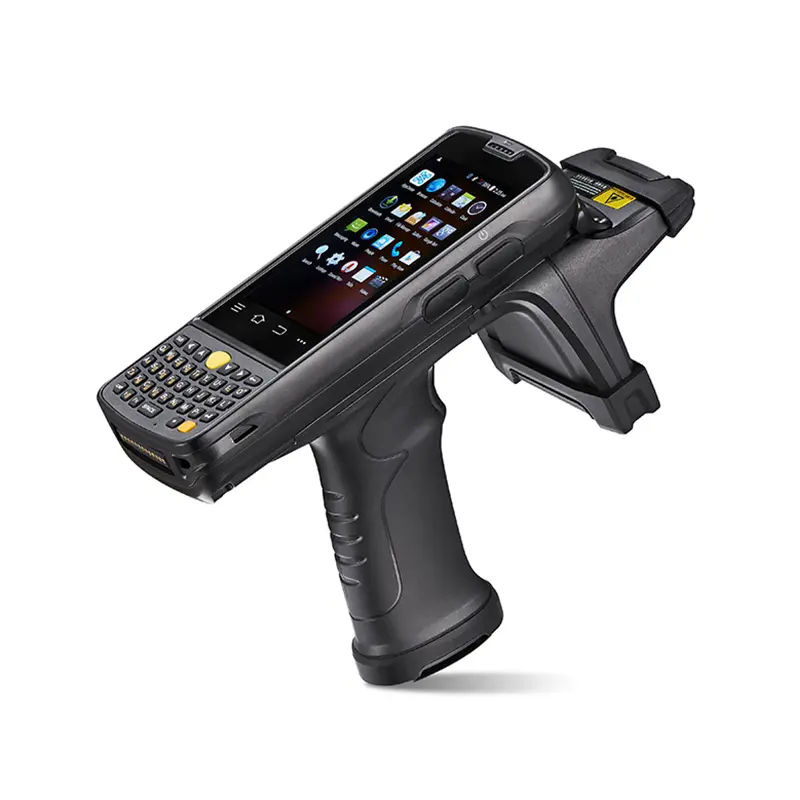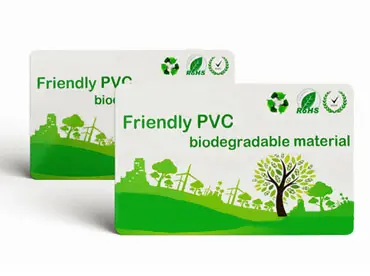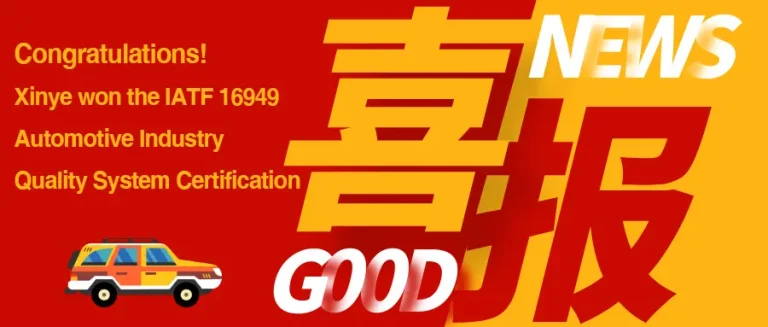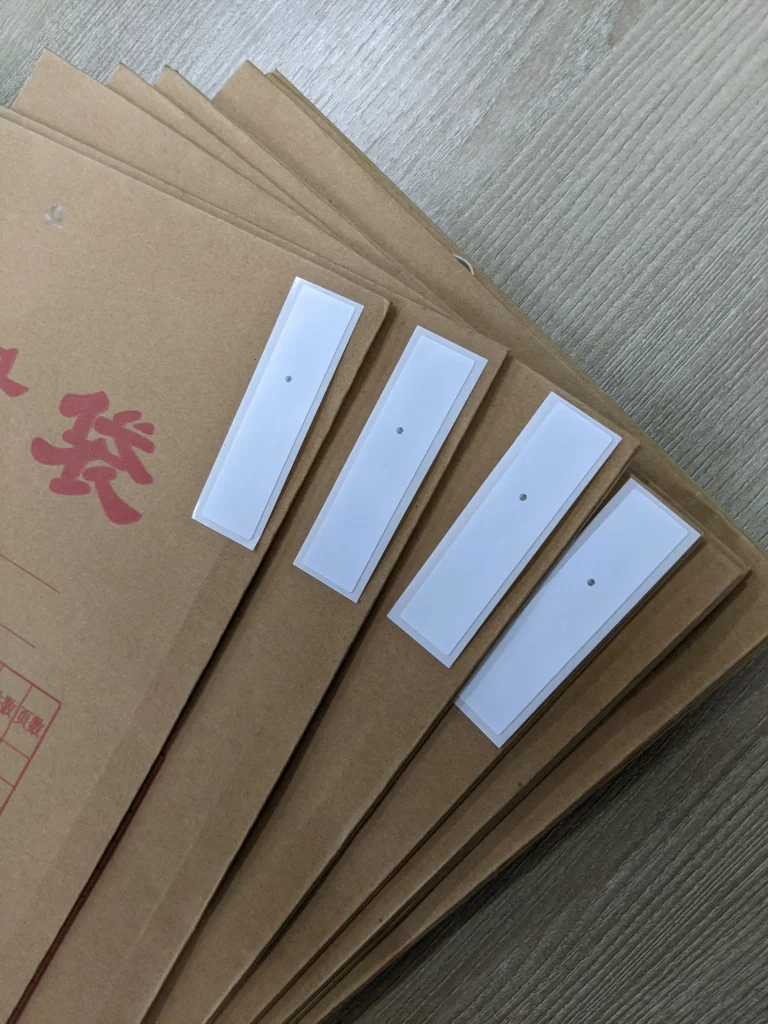Classification of RFID Readers:
According to the Frequency, Rfid Readers can be divided into 125K, 13.56M, 900M, 2.4G, and other frequency bands.
125K: Generally called LF, it is easy to use and low in price. It can be mainly used in the management of livestock entry and exit in the animal husbandry industry.
13.56M: generally called HF, strong confidentiality, fast reading speed, short-range 13.56mhz: RFID has good confidentiality, long-distance 13.56mhz reading is stable and fast. Mainly used in home-school communication, personnel attendance management, entrance and exit management, books, archives anti-theft management, and government conference sign-in.
900M: Generally called UHF, it has a long communication distance and good anti-collision performance. It is generally used for parking lots and logistics.
2.4G: Microwave RFID card reader, strong penetrability.
5.8G: Microwave section RFID card reader, used in highway ETC electronic toll collection system.

Advantages of RFID reader:
First of all, you need to pay attention to the frequency range of the reader device to see if it meets the frequency specification of the project site;
Second, understand whether the maximum transmit power of the reader and the selected antenna radiation exceeds the standard;
Third, look at the number of antenna ports provided by the reader, depending on whether the application requires a multi-interface reader;
Fourth, whether the communication interface meets the needs of the project;
Fifth, the reading distance and anti-collision indicators are explained. The reading distance indicators must be clear about what antenna and tag are tested; for anti-collision, it must be clear what tags are read in what arrangement and how long will it take to read them all;
Sixth, in addition to being related to the reader, an RFID application system is also related to tags, antennas, materials of labeled items, the movement speed of labeled items, and the surrounding environment. It is best to simulate on-site conditions before determining the equipment. Testing and verification to ensure that the product truly meets the application requirements;
Seventh, continuously test the stability of the equipment under simulated conditions to ensure stable work for a long time;
Eighth, see if the development materials meet the system development requirements. It is best to support the system you are using, and it is best to have related routines. If not, the development time will be very long, or even the development will not continue.





